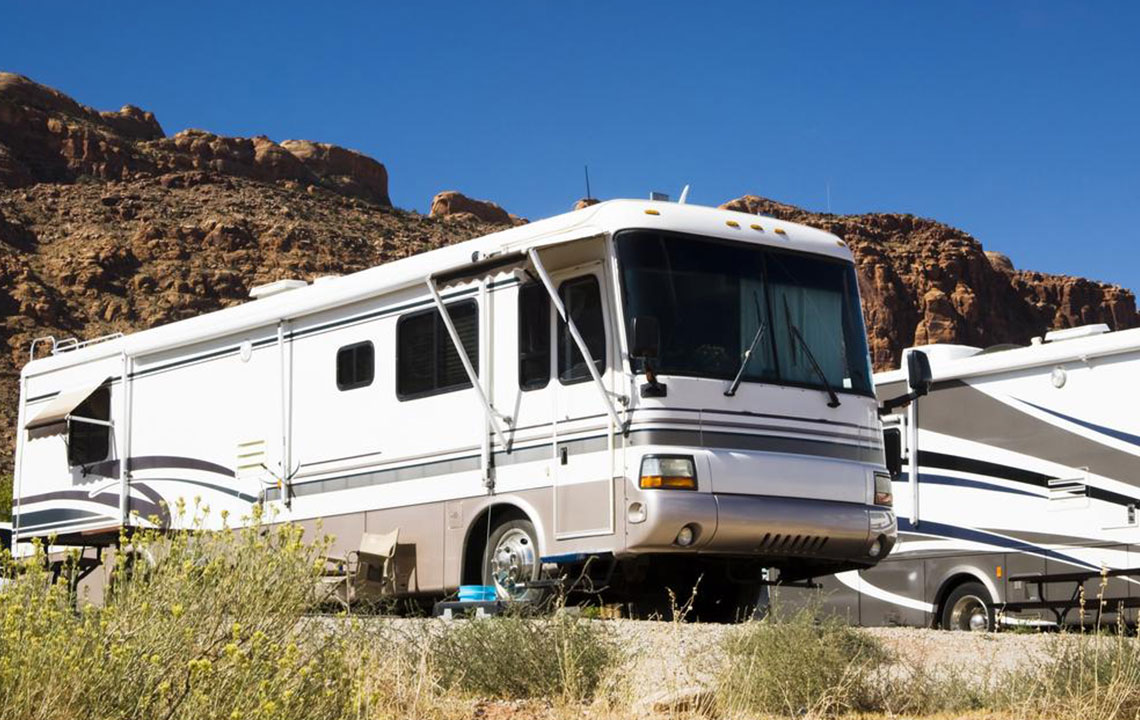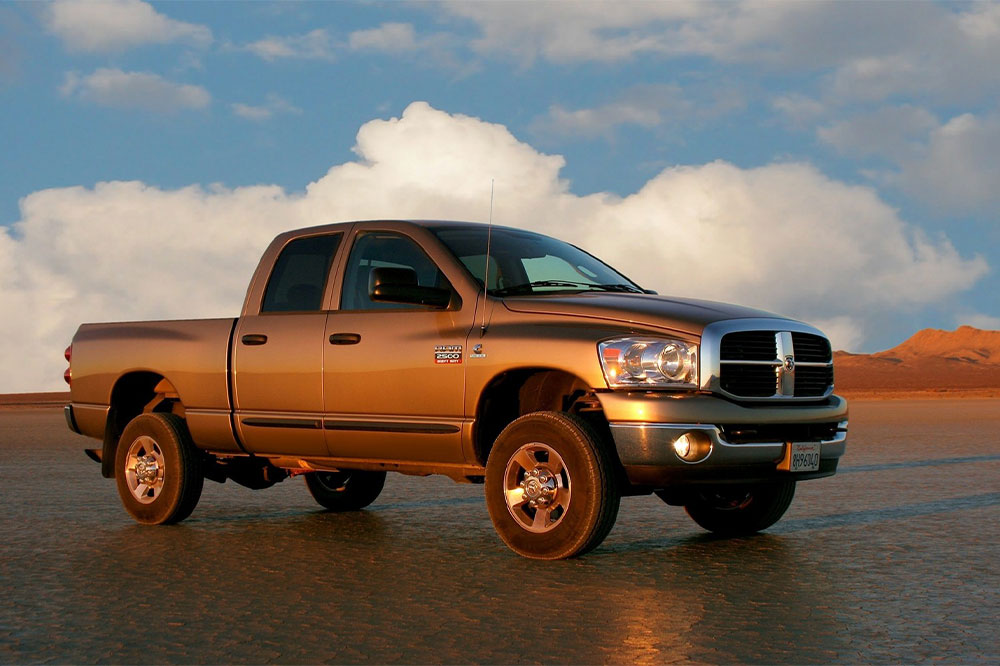Comprehensive Buyer’s Guide to Selecting the Ideal Side by Side Off-Road Vehicle for Adventure Enthusiasts
Discover comprehensive tips to select the ideal side by side off-road vehicle. Learn about key features, safety considerations, and how to evaluate used models to ensure a reliable and enjoyable off-road experience. Whether new or used, make informed decisions with this expert guide to enhance your outdoor adventures.

Comprehensive Buyer’s Guide to Selecting the Ideal Side by Side Off-Road Vehicle for Adventure Enthusiasts
Embarking on off-road adventures requires an optimal side by side (SxS) vehicle, commonly known as a utility task vehicle (UTV). For thrill-seekers and outdoor explorers, choosing the right SxS is vital to ensure safety, performance, comfort, and durability amidst challenging terrains. This guide aims to walk you through essential factors and practical tips to help you make an informed purchase decision, whether you're considering a new or used model.
Understanding What a Side by Side Off-Road Vehicle Is
Before diving into the purchasing process, it’s important to understand what constitutes a side by side off-road vehicle. Unlike standard ATVs, SxS vehicles come equipped with a side-by-side seating arrangement, typically accommodating two to six passengers. They are designed with a robust chassis, high ground clearance, and specialized suspension systems that allow them to navigate rugged trails, steep inclines, mud, sand, and other challenging environments. These vehicles are versatile, often used in recreational off-roading, agricultural work, hunting, and even industrial applications.
The Key Features to Consider When Choosing a SxS Off-Road Vehicle
Engine Power and Performance
The core of any off-road vehicle is its engine. It’s essential to evaluate the horsepower, torque, and engine type—whether it's gasoline, diesel, or electric. Higher horsepower allows for better acceleration and climbing ability, particularly useful in steep or uneven terrains. Also, consider engine size; larger engines often provide more power but may consume more fuel, affecting long-term costs.
Suspension System
A high-quality suspension system ensures a smoother ride, absorbing shocks from rough trails. Look for adjustable shocks, independent suspension on all wheels, and sufficient travel distance to tackle obstacles effectively.
Drive System and Transmission
Most SxS vehicles feature either two-wheel drive (2WD) or four-wheel drive (4WD)/all-wheel drive (AWD). For off-road adventures, 4WD or AWD offers better traction and stability. Additionally, check if the vehicle has a manual or automatic transmission and assess which suits your driving style.
Size, Seating Capacity, and Comfort
Choose a model that comfortably fits your intended number of passengers. Comfort features such as adjustable seats, ergonomic design, and ample legroom enhance the overall experience, especially during long rides.
Safety Features and Accessories
Safety is paramount. Verify the availability of seat belts, roll cages, safety nets, and other protective gear. Additional accessories like winches, GPS systems, storage racks, and lights can significantly improve functionality and safety during your adventures.
Researching and Visiting Reputable Dealers
To make a well-informed choice, visiting authorized dealerships is highly recommended. Reputable dealers offer a wide range of new and used vehicles, transparent information, and after-sales support. They can also provide insights into recent market trends, popular models, and necessary accessories.
When exploring used vehicles, inspection is crucial. Always examine the vehicle’s history, maintenance records, and current condition for potential issues.
How to Ensure the Quality of a Used SxS Vehicle
Assessing used side by side vehicles involves meticulous inspection. Begin by checking the fluids—engine oil and coolant—since their condition reveals the engine’s health and recent maintenance. A clean, well-maintained engine suggests proper care by the previous owner.
Next, inspect the chassis and frame for rust, cracks, or any signs of collision repair that could compromise structural integrity. Examine the drivetrain components—axles, CV joints, and differential—for unusual wear or damage. Noise during test drives can also be indicative of underlying issues.
Engaging a qualified mechanic during the inspection process is advisable. A professional assessment can identify potential problems that might not be immediately visible, ensuring you’re investing in a vehicle that promises reliability and longevity.
Additional Tips for a Successful Purchase
Test Drive the Vehicle: Always take the SxS for a test ride across different terrains to evaluate handling, comfort, and performance.
Check for Recalls and Service Bulletins: Confirm if the model has any unresolved manufacturer recalls or technical issues.
Estimate Total Cost of Ownership: Consider insurance, maintenance, and fuel costs to understand the financial commitment involved.
Compare Prices and Offerings: Shop around to find competitive prices, especially for used models in good condition.
Conclusion: Making the Smart Choice in Off-Road Vehicles
Choosing the right side by side off-road vehicle involves a careful balance between performance, safety, comfort, and budget. Thorough research, inspection, and professional advice are fundamental steps in selecting a durable and reliable vehicle that enhances your outdoor adventures. Whether you're new to off-roading or an experienced enthusiast, investing time in understanding your options ensures you find the perfect match to deepen your off-road experience, create unforgettable memories, and stay safe on every trail.





